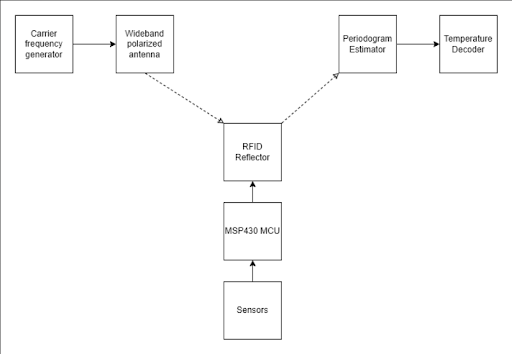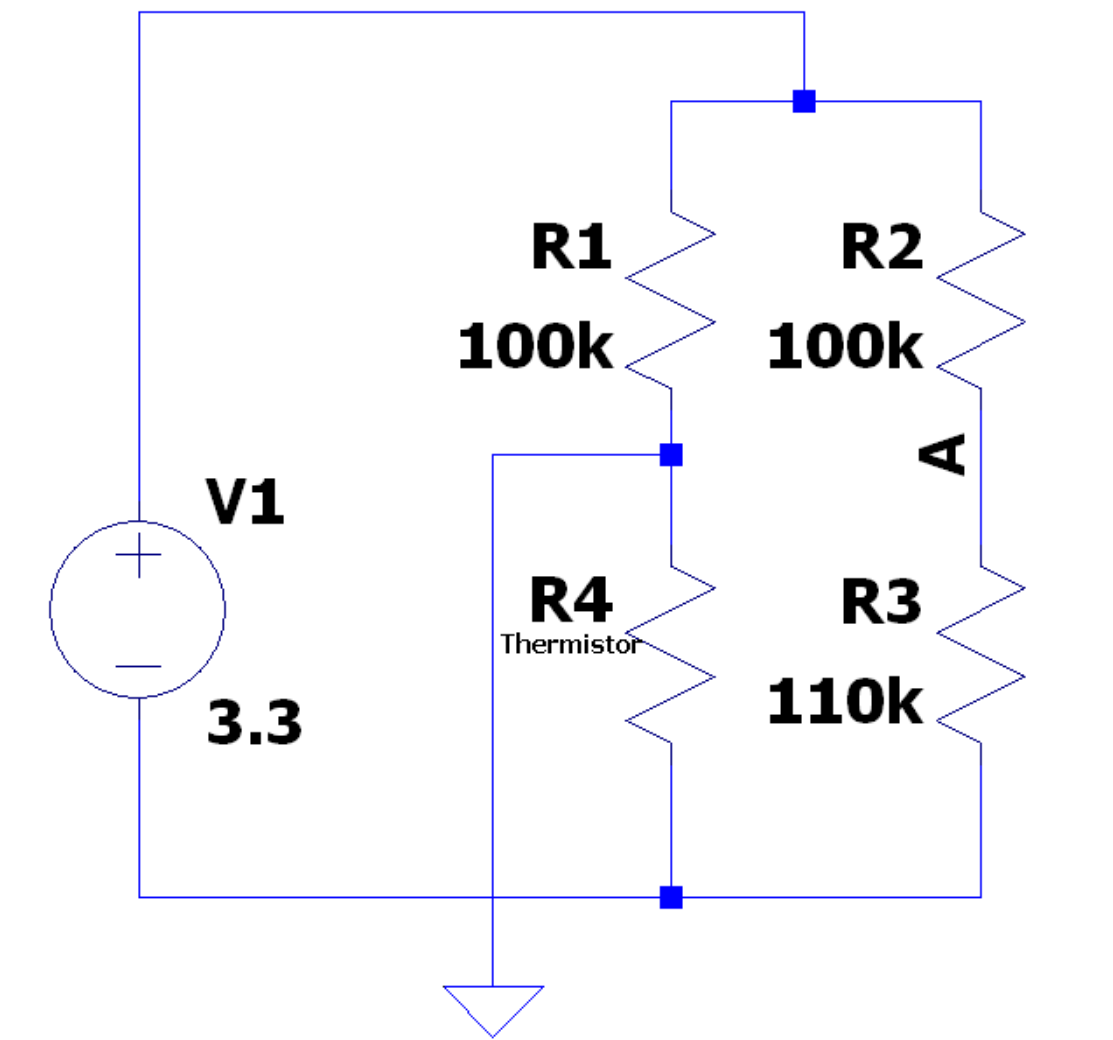| Version 27 (modified by , 18 months ago) ( diff ) |
|---|
Plant Doctor: Harnessing Backscatter Radio Sensors for Agriculture
WINLAB Summer Internship 2024
Group Members: Sam-Fone Cheung, Shriya Das, Aly Mustafa, Xiang Meng
Advisor: Aggelos Bletsas
Project Objective
Backscatter radio, or reflection radio, offers a low-cost and low-power alternative to conventional radio sensor networks. This is crucial for modern agriculture which requires continual monitoring of environmental conditions such as soil moisture or temperature. Prior research using capacitance sensors to measure soil moisture has shown promising results using backscatter radio, despite the limited range.
Our group expanded this work to use temperature sensors on a plants which will transmit information using a network of RFID (radio frequency identification) tags. These sensors should be battery-less and low-cost as they will harvest ambient radio frequency (RF) energy.
Over the summer, our team split into two groups to build the transmitter and receiver, ultimately converging.
Weekly Progress
WEEK ONE
Receiver: Read prior art about backscatter radio, RFID tags, and capacitance sensors.
WEEK TWO
Receiver: Used RTL-SDR's to explore software-defined radios (SDR) and tune into local FM stations.
Also familiarized ourselves with GNURadio and its tutorials.
WEEK THREE
Progress: Continued using GNURadio to implement frequency shift keying (FSK) and periodograms (maximum likelihood estimators). We also used MATLAB/Octave to compare our results from GNURadio using the SDR.

WEEK FOUR
Progress: Explored the accuracy of the receiver while changing the power transmission, frequency, and distance between the SDR and signal generator. Introduced about matched filters and how to implement them into the receiver. Despite a frequency measurement error, we implemented logging into GNURadio using a file sink.
Using the TI Launchpad Microcontroller we were able to implement FSK. also created a block diagram to illustrate how both the transmitter and receiver should work together to send information about a plant's temperature.

WEEK FIVE
Progress: This week, we received three different kinds of thermistors. We were able to implement a backscattered signal that encoded the information from the ADC (using a potentiometer). We are now investigating ways of measuring values from the thermistors, mainly considering a Wheatstone bridge.
We also worked on the receiver, changing from GNURadio to MATLAB. This has so far shown to work extremely well and much better than GNURadio. We are able to receive the backscattered signal. However there are still some variances in the received signal we have to account for.

WEEK SIX
Progress: We moved the bench to on top of an antistatic mat. We also implemented twisted pair cables and an external DC power supply. All of these changes were made to get cleaner signals and avoid accidental antennas. We also made major progress on our work, being able to measure voltage across a Wheatstone bridge (see below) and encode it as a backscattered signal between 100kHz and 200kHz.

We were also able to complete the transceiver-receiver pair
Attachments (8)
-
unnamed.png
(34.1 KB
) - added by 18 months ago.
Week 3 GNURadio Periodogram
-
unnamed.2.png
(16.5 KB
) - added by 18 months ago.
Week 4 Block Diagram
-
Screenshot 2024-07-03 133035.png
(71.1 KB
) - added by 18 months ago.
wheatstone bridge
- wheatstone.png (71.1 KB ) - added by 18 months ago.
-
Periodogram.png
(102.9 KB
) - added by 18 months ago.
Periodogram
-
Plant Week 8 .png
(10.7 MB
) - added by 17 months ago.
Week8_Plant
-
Plant Chamber.png
(14.4 MB
) - added by 17 months ago.
Week 10 Plant Chamber
-
Plant Doctor WINLAB Poster.pptx.png
(1.9 MB
) - added by 17 months ago.
Plant Doctor Poster
